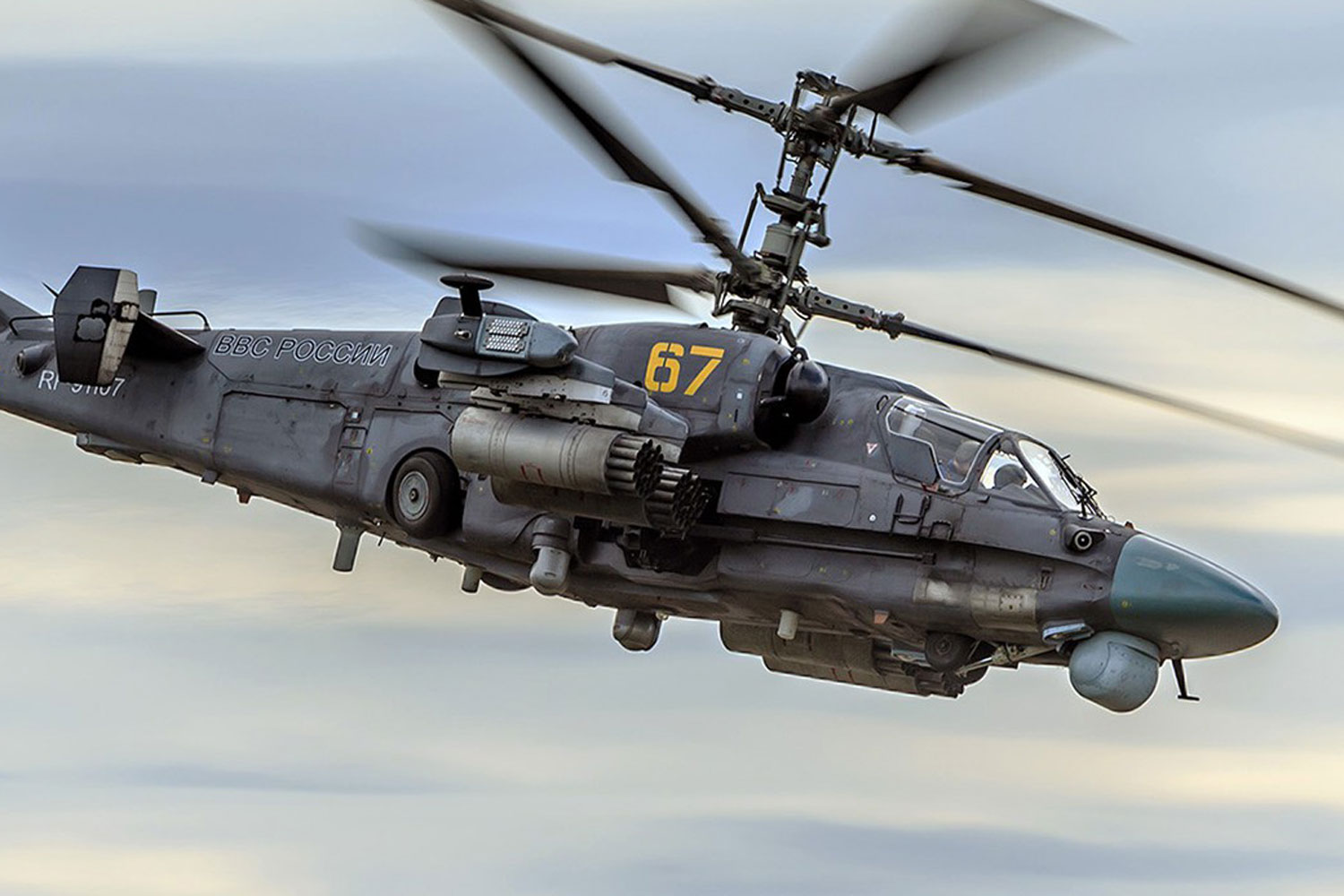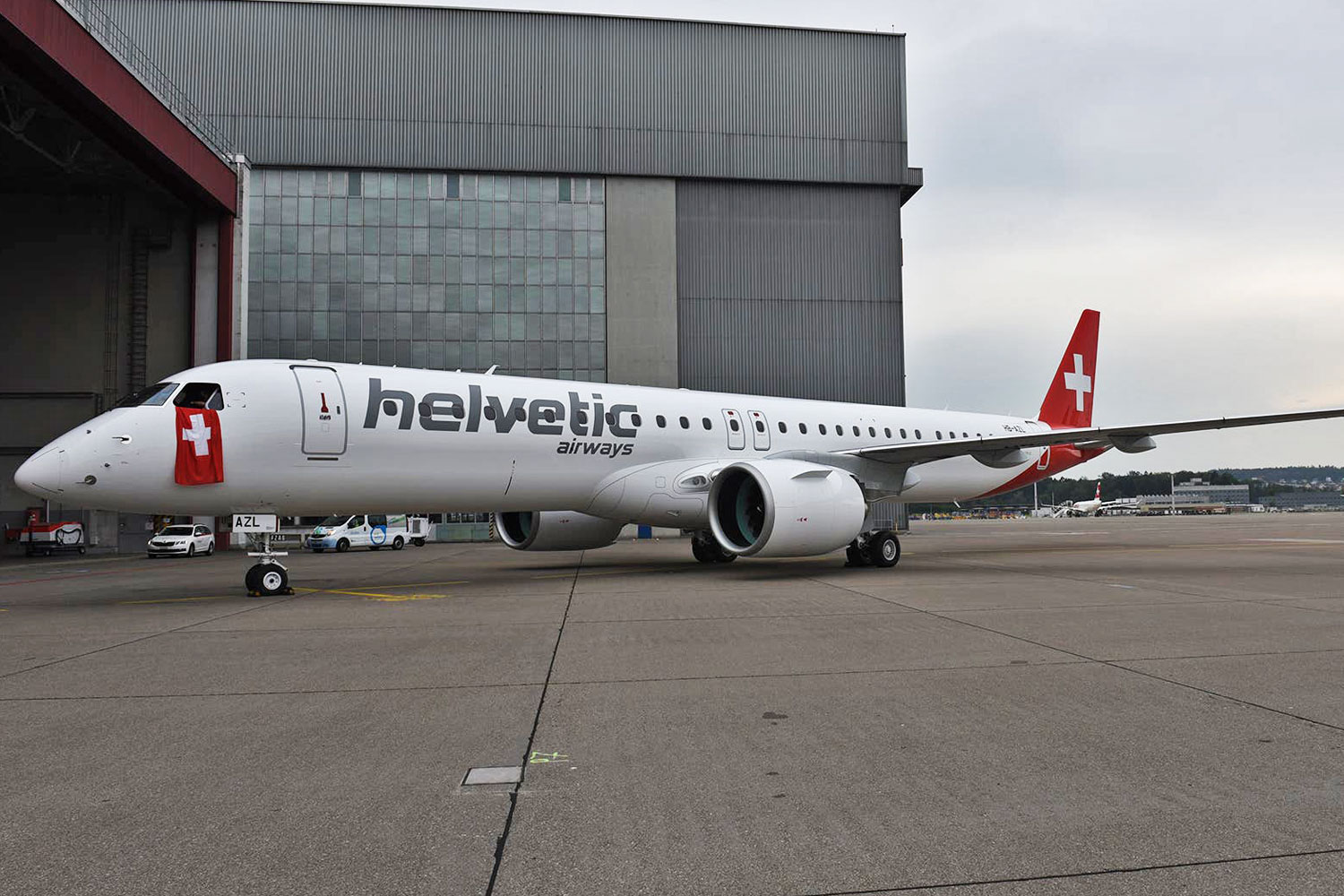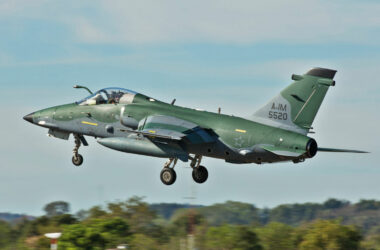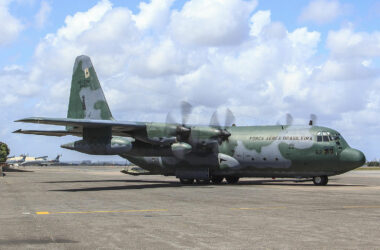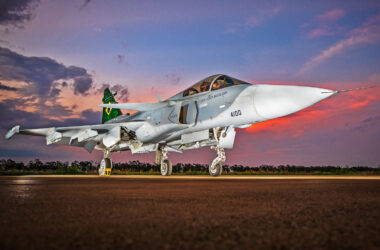Russian Helicopters, the state-owned company that represents the helicopters designed by Mil, Kamov and Kazan, announced during the Army 2021 forum a contract with the Russian Ministry of Defense to supply Ka-52M Alligator aircraft.
The combat and reconnaissance helicopter is an improved variant of the model currently in use in the Russian Army. The prototype’s first flight took place in August of last year and the company is testing the improvements since then.
According to a statement from Rostec, the organization that controls Russian Helicopters, the first Ka-52M will be delivered in 2022, but the company did not detail the number of aircraft that will be modernized.
“The Ka-52 is one of the best rotary wing attack aircraft in the world, but even the best equipment needs timely modernization – it will expand the helicopter’s combat capabilities,” said Andrey Boginsky, General Director of Russian Helicopters.
According to Russian Helicoptes, the Ka-52M received a new avionics package, with improved performance. Thanks to this, the helicopter now has a greater range of detection and recognition in night missions.
The helicopter can also carry new missiles and operate UAVs on missions. The manufacturer has also expanded the combat radius and is installing a new active radar on the aircraft.
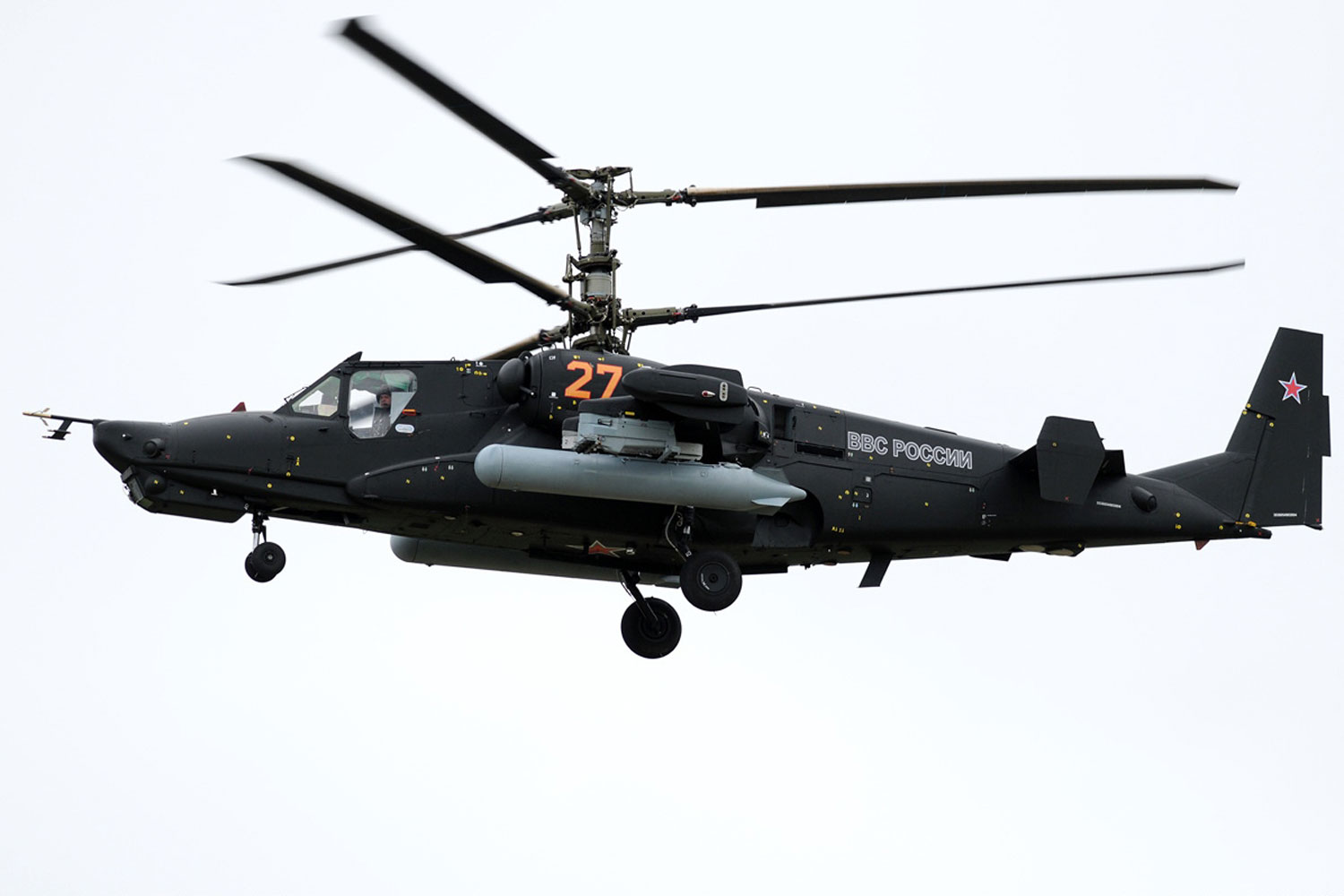
Coaxial rotor
The Ka-52M is based on the two-seat Ka-52 variant, developed by Kamov in the 1990s. This model, in turn, is a derivative of the Ka-50, a single-seat anti-tank helicopter designed in the 1970s as a possible replacement for the Mil Mi-24 in the Soviet Union.
The inaugural flight of the Ka-50 took place in June 1982, but entry into service was only possible in 1995, after the end of the USSR.
Like Kamov’s main helicopters, the Ka-52M uses two coaxial rotors that make the aircraft more compact. A similar configuration was used by Sikorsky in the X2 technology, which also includes a propulsion propeller.

